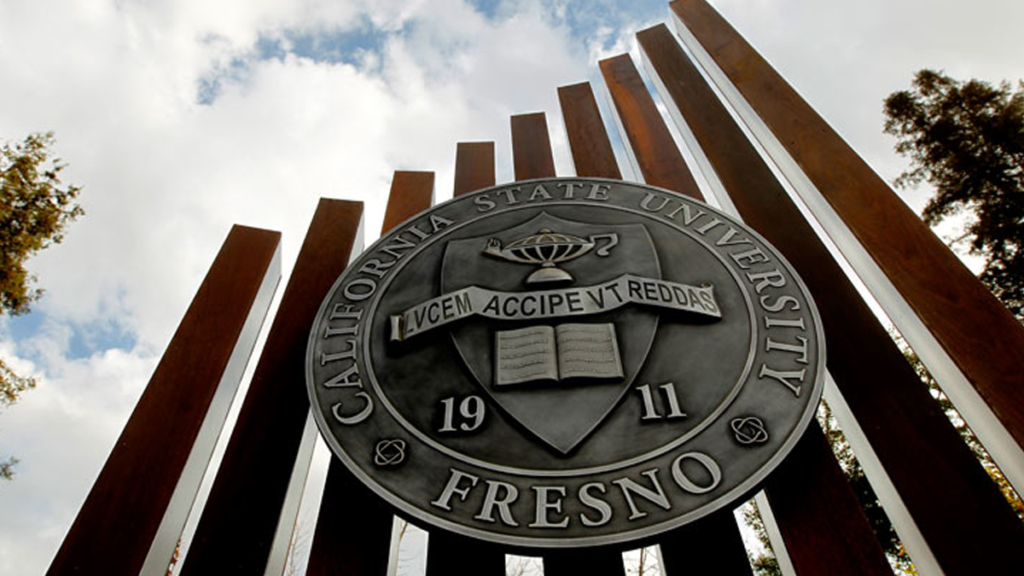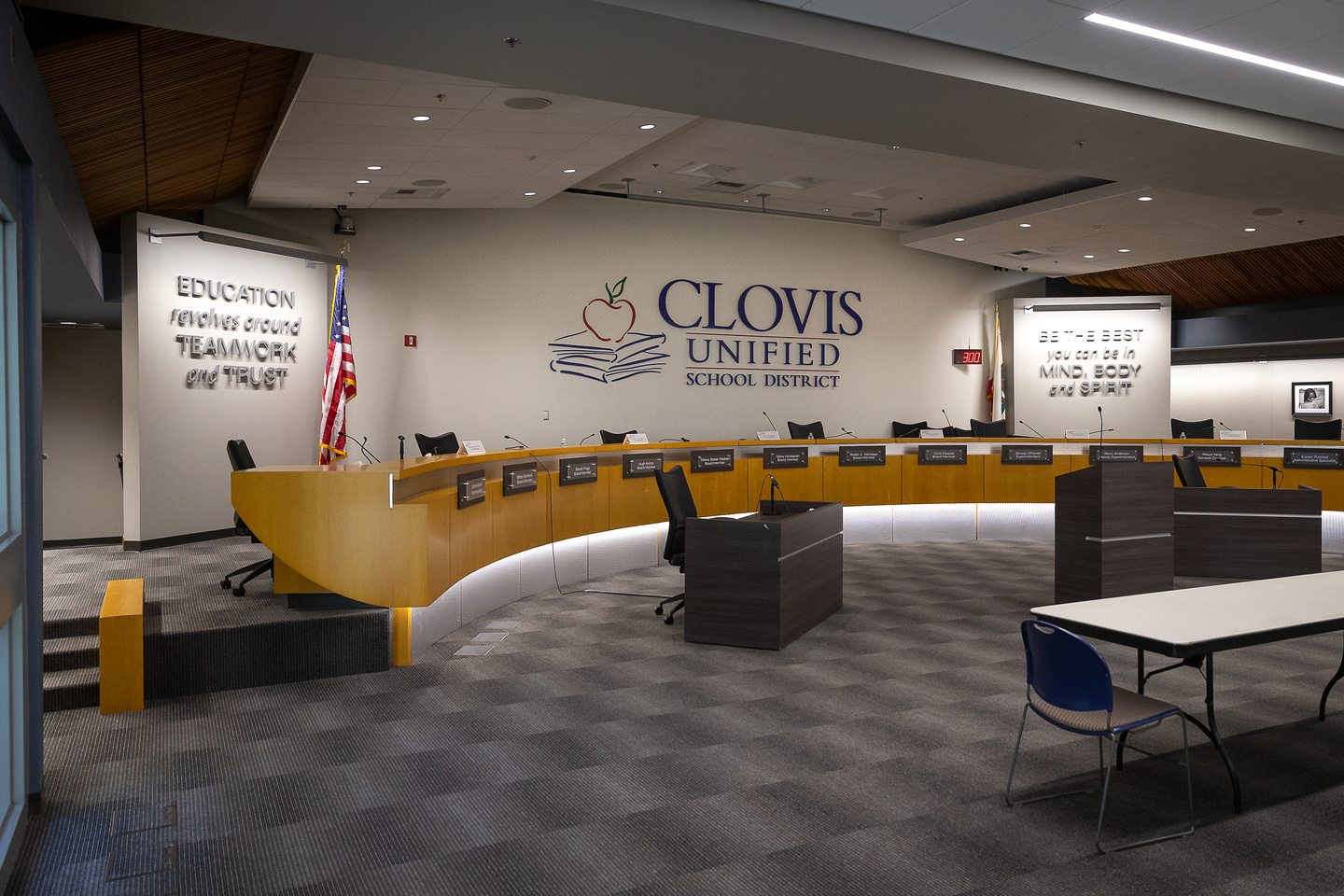Wednesday, the California State University board approved a plan to increase tuition by six percent annually over a five-year period.
The hike will start in 2024 and last through the 2028-2029 school year, at which time it will plateau.
The backstory: Wednesday’s vote wasn’t an unexpected one, stemming from a July decision from the board’s Committee on Finance to bring the plan forward.
- CSU officials pointed to $1.5 billion in unfunded operational costs facing the system, necessitating the need for a tuition hike.
- The CSU has around 460,000 students enrolled across its 23 campuses.
- The last time the CSU raised tuition was a five percent hike in 2011-2012.
The big picture: Tuition in the 2024-2025 school year will jump from $5,742 to $6,084, an increase of $342.
- With continual six percent raises each year, the cost in the 2028-2029 school year will cap out at $7,682 – nearly $2,000 more than current tuition rates.
- The increase will bring in an additional $148 million in the 2024-2025 academic year and $860 million over five years. There will be $280 million of those funds set aside for financial aid.
- During Wednesday’s meeting, the board considered a motion to reduce the increases to only three years and another one at four years, but neither gained any traction.
- Interim CSU Chancellor Jolene Koester was strongly supportive of the five-year plan during the meeting.
- Most students won’t be affected by the tuition hikes, the CSU says. Around 60 percent of its students don’t have to pay any tuition as they have it covered by grants and waivers. Eighteen percent of students receive partial tuition aid, and only four percent use student loans.
What they’re saying: “We’ve only had one increase in tuition in 12 years,” said Trustee Jack McGrory. “That’s not a business model that’s going to work long-term. It’s not sustainable.”










